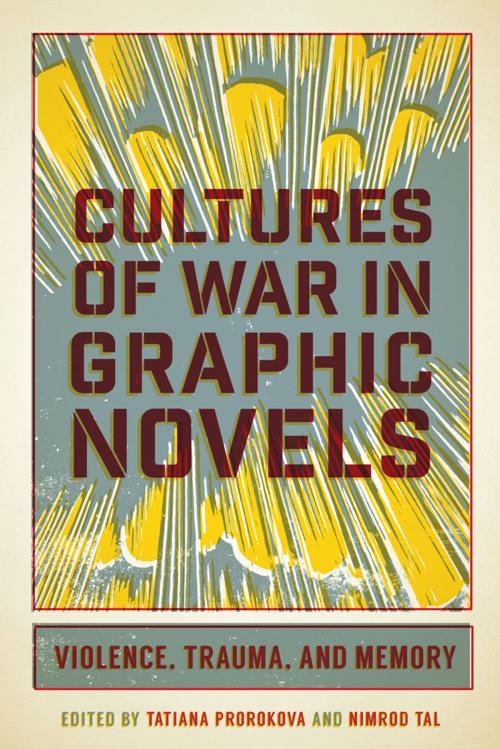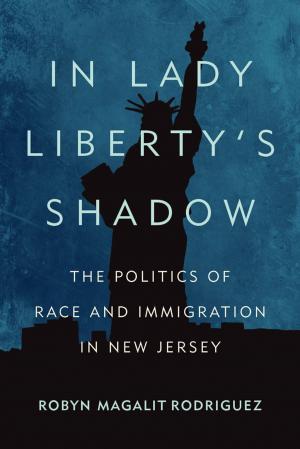Cultures of War in Graphic Novels
Violence, Trauma, and Memory
Nonfiction, History, Military, Pictorial, Social & Cultural Studies, Social Science, Cultural Studies, Popular Culture, Fiction & Literature, Literary Theory & Criticism| Author: | Tatiana Prorokova, Nimrod Tal, Iain A. MacInnes, Kenton Worcester, Emir Pasanovic, Harriet E.H. Earle, James Kelley, Joe Lockard, Christina M. Knopf, Peter C. Valenti, Silvia G. Kurlat Ares, Yasmine Nachabe Taan | ISBN: | 9780813590974 |
| Publisher: | Rutgers University Press | Publication: | July 6, 2018 |
| Imprint: | Rutgers University Press | Language: | English |
| Author: | Tatiana Prorokova, Nimrod Tal, Iain A. MacInnes, Kenton Worcester, Emir Pasanovic, Harriet E.H. Earle, James Kelley, Joe Lockard, Christina M. Knopf, Peter C. Valenti, Silvia G. Kurlat Ares, Yasmine Nachabe Taan |
| ISBN: | 9780813590974 |
| Publisher: | Rutgers University Press |
| Publication: | July 6, 2018 |
| Imprint: | Rutgers University Press |
| Language: | English |
Cultures of War in Graphic Novels examines the representation of small-scale and often less acknowledged conflicts from around the world and throughout history. The contributors look at an array of graphic novels about conflicts such as the Boxer Rebellion (1899-1901), the Irish struggle for national independence (1916-1998), the Falkland War (1982), the Bosnian War (1992-1995), the Rwandan genocide (1994), the Israel-Lebanon War (2006), and the War on Terror (2001-). The book explores the multi-layered relation between the graphic novel as a popular medium and war as a pivotal recurring experience in human history. The focus on largely overlooked small-scale conflicts contributes not only to advance our understanding of graphic novels about war and the cultural aspects of war as reflected in graphic novels, but also our sense of the early twenty-first century, in which popular media and limited conflicts have become closely interrelated.
Cultures of War in Graphic Novels examines the representation of small-scale and often less acknowledged conflicts from around the world and throughout history. The contributors look at an array of graphic novels about conflicts such as the Boxer Rebellion (1899-1901), the Irish struggle for national independence (1916-1998), the Falkland War (1982), the Bosnian War (1992-1995), the Rwandan genocide (1994), the Israel-Lebanon War (2006), and the War on Terror (2001-). The book explores the multi-layered relation between the graphic novel as a popular medium and war as a pivotal recurring experience in human history. The focus on largely overlooked small-scale conflicts contributes not only to advance our understanding of graphic novels about war and the cultural aspects of war as reflected in graphic novels, but also our sense of the early twenty-first century, in which popular media and limited conflicts have become closely interrelated.















